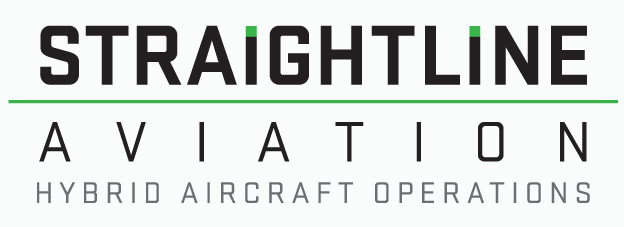Importance of Propellers
The hybrid airship has been designed to have steerable, diesel-powered fans for propulsion and control. With four thrusters, each with four different angles of attitude and blade pitches, and four independent aerodynamic controls, the heavy lifting is accomplished by a sophisticated fly-by-wire system. It will stay below 10,000 feet, eliminating the need for pressurization, and can fly up to 1,600 miles without refuelling.
The airship does not require airplane-like speeds for take-off and cruising, due to lift being proportional to the surface area of the aircraft, the sheer size of the airship allows for an excess. Hovering inches off the ground, the Hybrid Airship can get airborne in just 20 feet, compared to the 3,000 feet required by the standard cargo plane.
Like most fixed winged aircraft, the hybrid airship has elevators that allow the hybrid airship to ascend or descend. The elevators provide pitch control and help the stabilizers with pitch stability; they do so by decreasing or increasing the downward force. The hybrid airships ailerons are used in pairs to control the aircraft in roll (or movement around the aircraft's longitudinal axis), which normally results in a change in flight path due to the tilting of the lift vector.
In the video below, you can see the importance of the propellers used on the hybrid airship.


